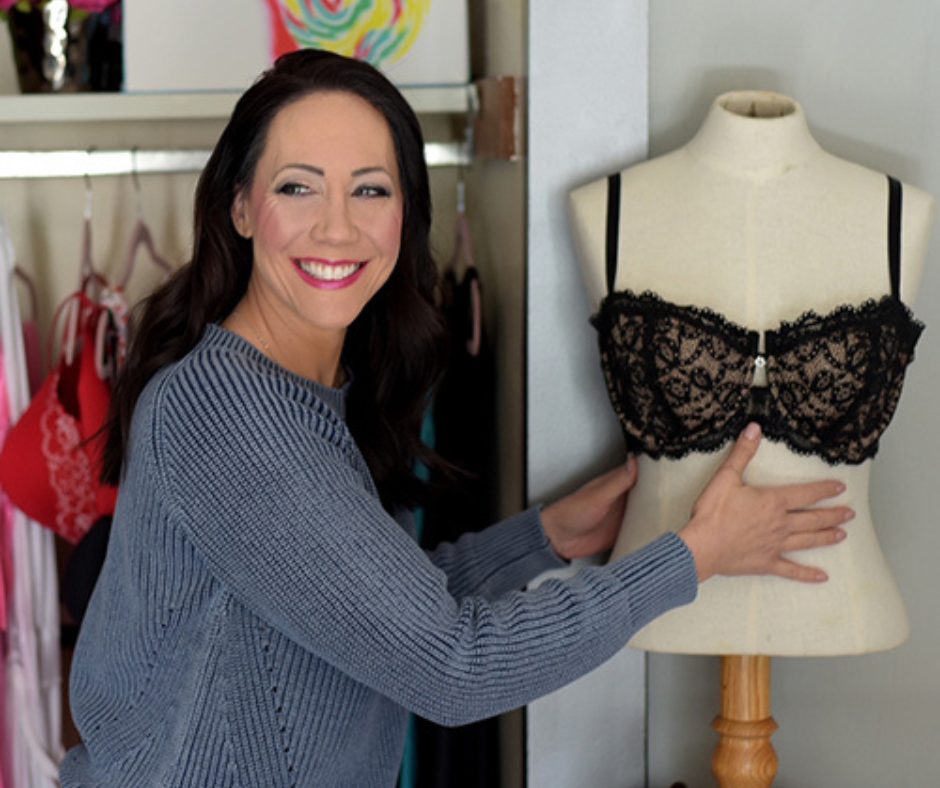Welcome to shadow work, the practice of exploring the hidden aspects of yourself — your fears, triggers, and patterns — and learning to understand and integrate them. You don’t have to be a witch, meditate under a full moon, or know your rising sign to do it. Shadow work is for everyone, and fall just happens to be the perfect season to start.
This article is for educational purposes only and should not replace therapy or mental health care. If you’re struggling, please seek support from a licensed professional.
You Might Also Be Interested In:
-
Mystical to Meaningful: Crystals for Better Focus, Productivity & Creativity
-
The Power of Using Crystals: How to Start Your Healing Journey
- The 8 Best Crystals for Protection and Positive Energy
What Is Shadow Work?
Shadow work sounds mysterious, but at its core, it’s about self-awareness. The term comes from Carl Jung, who coined “the shadow” to describe the unconscious parts of ourselves we tend to repress—the messy emotions, patterns, and beliefs we’d rather pretend aren’t there. But ignoring your shadow doesn’t just make it go away. It just leaks out sideways—in your relationships, your choices, your self-talk.
Shadow work doesn’t center on the mindset of trying to “fix” yourself but rather focuses on understanding these hidden parts so you can work with them instead of against them.
The Psychology (and Neuroscience) Behind Shadow Work
Jung describes the shadow as this grab bag of unconscious patterns: childhood stuff you didn’t choose, cultural expectations you didn’t sign up for, and survival strategies you picked up along the way. By bringing these patterns into awareness, we interrupt old cycles and create new ones.
Jung believed that integration, not elimination, is the key to becoming a whole, authentic self. Neuroscience even backs him up. Studies show reflective practices like journaling literally nudge your brain to rewire its emotional circuits by strengthening the prefrontal cortex (hello, reason) and calming the amygdala (goodbye, emotional chaos.

Common Myths About Shadow Work
Shadow work is only for people with trauma.
While it can be a helpful tool for processing painful experiences, shadow work is ultimately about self-awareness and integration—anyone can benefit from it.
You need to be spiritual, witchy, or mystical to do shadow work.
Nope. Shadow work is rooted in psychology and personal growth. Unless those practices or tools genuinely resonate with you, crystals, tarot cards, or waiting for the perfect moon phase are totally not required.
Shadow work is about “fixing” yourself.
Shadow work centers around self-understanding and accepting all the parts of you; even the messy, imperfect ones, and learning how they shape who you are today.
Why Fall Is the Season for Shadow Work
Fall is nature’s gentle reminder that letting go is part of the cycle. The trees shed their leaves, the days grow shorter, and the world slows down, and invites you to do the same. Shadow work thrives in fall because it’s a time when introspection tends to come naturally.
The fall season also carries themes of transition and transformation. In many traditions, fall symbolizes release, renewal, and deeper connection with the self. Even if spirituality isn’t your thing, the symbolism still resonates. Autumn offers the perfect backdrop for sorting through your inner clutter and choosing what’s worth carrying forward.

How to Start Shadow Work (Beginner-Friendly)
You don’t need a five-year plan or a Masters degree to start shadow work. Just bring your curiosity, honesty, and a little patience with yourself. Here’s where to begin:
-
Set an intention.
Decide what you want to explore. Are you trying to break old patterns? Understand why certain situations trigger you? Or maybe you just want to get to know yourself better. Keep it simple and specific.
-
Create a safe environment.
Pick a quiet space and make it feel comforting. Light a candle, put on music that doesn’t distract you (or if you’re me—throw on some vinyl), and grab a journal.
-
Start small and observe.
From a bird’s-eye view, reflect on your past reactions and patterns without judgment. When discomfort comes up, resist the urge to shove it away. Instead, pause and ask where it’s coming from.
-
Reflect, don’t spiral.
Some insights might feel heavy, and that’s normal. Take breaks, breathe, have a snack, and ground yourself when needed. Shadow work should feel like gentle exploration, not emotional free-fall.
7 Shadow Work Journaling Prompts
If you’re not sure where to begin, journaling can be the perfect entry point. These prompts are designed to help you dig deeper — gently:
What emotions make me uncomfortable, and where do I feel them in my body?
What traits in others trigger me the most, and what might that say about me?
Where in my life do I tend to self-sabotage, and what’s underneath that pattern?
What version of me am I most afraid to show the world? Why?
Which memories still carry a charge, and what do they reveal about my needs?
What stories about myself have I outgrown but still cling to?
How would I speak to my younger self who first learned to hide parts of me?
Be Open to Extra Support
Shadow work can stir up big feelings, and that’s normal. But it’s also okay to ask for help when you need it. If journaling uncovers old wounds or emotions that feel overwhelming, a therapist or counselor can offer tools and support to process them safely. Shadow work and therapy often complement each other beautifully, helping you integrate insights without getting stuck in them.
Embracing Your Whole Self
Shadow work implores you to recalibrate yourself. Every layer you explore, every pattern you uncover, is a step closer to living in a way that feels less like performance and more like relief. that’s the real magic of this season: learning to embrace all the parts of you, shadows and all. With shorter days, fall practically begs for the quiet reckoning that is shadow work. And maybe that’s the real magic of this season—learning you’re allowed to be a little messy, a little luminous, and completely whole all at once.

Shaylynn Marks
Shaylynn Marks has a BFA in Creative Writing, with poetry and prose published through several journals and sold internationally. She was awarded Runner-Up for Poet of the Year with Poetic Anarchy Press. When she doesn't have a pen in hand, you can find her with a guitar or paintbrush!




























Subscribe so you don’t miss a post
Sign up with your email address to receive news and updates!